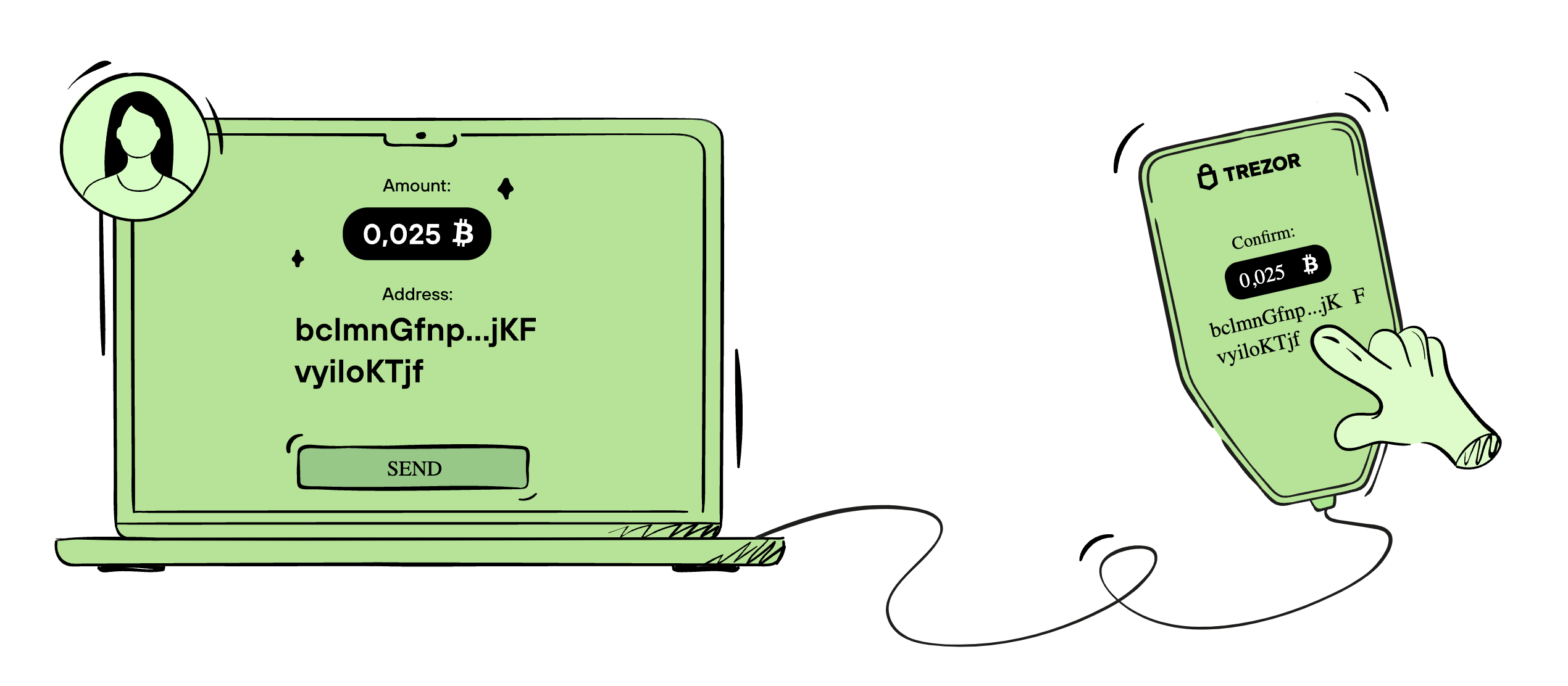The need for asset protection in the cryptocurrency market continues to rise as we experience an accelerated growth phase. The increasing market popularity of cryptocurrencies creates simultaneous growth in security threats. Crypto hardware wallets are a protective measure to safeguard your precious digital assets. This complete introduction explains why hardware wallets are essential, presents instructions on their operating principle, and provides guidance for selecting the best solution according to personal requirements.
A crypto hardware wallet is a physical device designed to store the private keys of your cryptocurrencies offline. Your private keys remain fully isolated from the internet on hardware wallets because they operate separately from software wallets, which face potential online risks. Anyone who wants to defend their digital resources against cyber theft should own such wallets.
The physical design of hardware wallets presents them as small transportable gadgets that clients can link to their computer or smartphone during transaction procedures. The storage platform enables the safe management of Bitcoin, Ethereum, and additional cryptocurrencies.
Hardware wallets exist for the primary purpose of security protection. Security of cryptocurrency holdings becomes essential because cyber attacks on cryptocurrency owners continue to rise. These are the main reasons why hardware wallets provide superior storage security than alternative methods:
Hardware wallets do not contain your cryptocurrency within their storage system. The storage of private keys responsible for accessing digital assets is what hardware wallets handle as their primary function. Each cryptocurrency holder requires a collection of numerical characters with a function to unlock and manage their crypto assets.
The access system within a cryptocurrency wallet consists of two cryptographic keys, a public and a private element, which users must maintain. Every general public member can conveniently access the public key since it is a digital equivalent of a bank account number. Users must protect their private key, which functions like an ATM pin code. Crypto users must protect their private keys since they unlock cryptocurrency funds, and the keys should never be shared with others.
As of 2025, several hardware wallets stand out. Let's compare some of the best crypto hardware wallets:
The Ledger Nano X is among the highest-rated cryptocurrency hardware wallets in the market. This wallet system supports more than 5,500 cryptocurrency options, and users can connect through Bluetooth to operate their mobile devices. You can buy or learn more about the Ledger wallet on their official site.
Pros:
Cons:
The Trezor Model T stands out for its intuitive user interface and open-source structure. The device's touchscreen interface, which provides smooth navigation, enables the storage of more than 1,600 different cryptocurrencies. Trezor's official site will provide you with more information on their wallets and prices.
Pros:
Cons:
The KeepKey provides consumers with an economical hardware wallet solution. This device has a big screen and can handle an adequate number of cryptocurrencies.
Pros:
Cons:
Stage one of the hardware wallet setup follows a simple procedure.

Fig.1 - How To Setup Hardware Wallet (Courtesy To Trezor)
The protection of your crypto assets requires you to prevent these errors:
The hardware wallet market will experience substantial upward growth from 2025 to the future. Research shows that this market will achieve $1.60 billion by 2030, accompanied by a 28.79% compound annual growth rate. The market expansion stems from expanding cryptocurrency popularity and rising demand for wallet security solutions.
Next-generation hardware wallets will gain better safety features, designs, and expanded cryptocurrency support. New DeFi and Web3 platform technology will more commonly use hardware wallets to help users enter the decentralized economy.
Security must be the priority to ensure cryptocurrency safety. People who value their digital assets must invest in a hardware wallet as their essential security measure. Hardware wallets store private keys offline and have strong security programs, making them feel more secure about dangerous online digital money transactions.
Everyone who deals with crypto needs to start with a hardware wallet to protect their digital assets effectively in the future. How people store cryptos will become more crucial as technology advances in this market.
To protect your crypto funds effectively, you must take all necessary steps. Select a well-known hardware wallet and adhere to security basics.